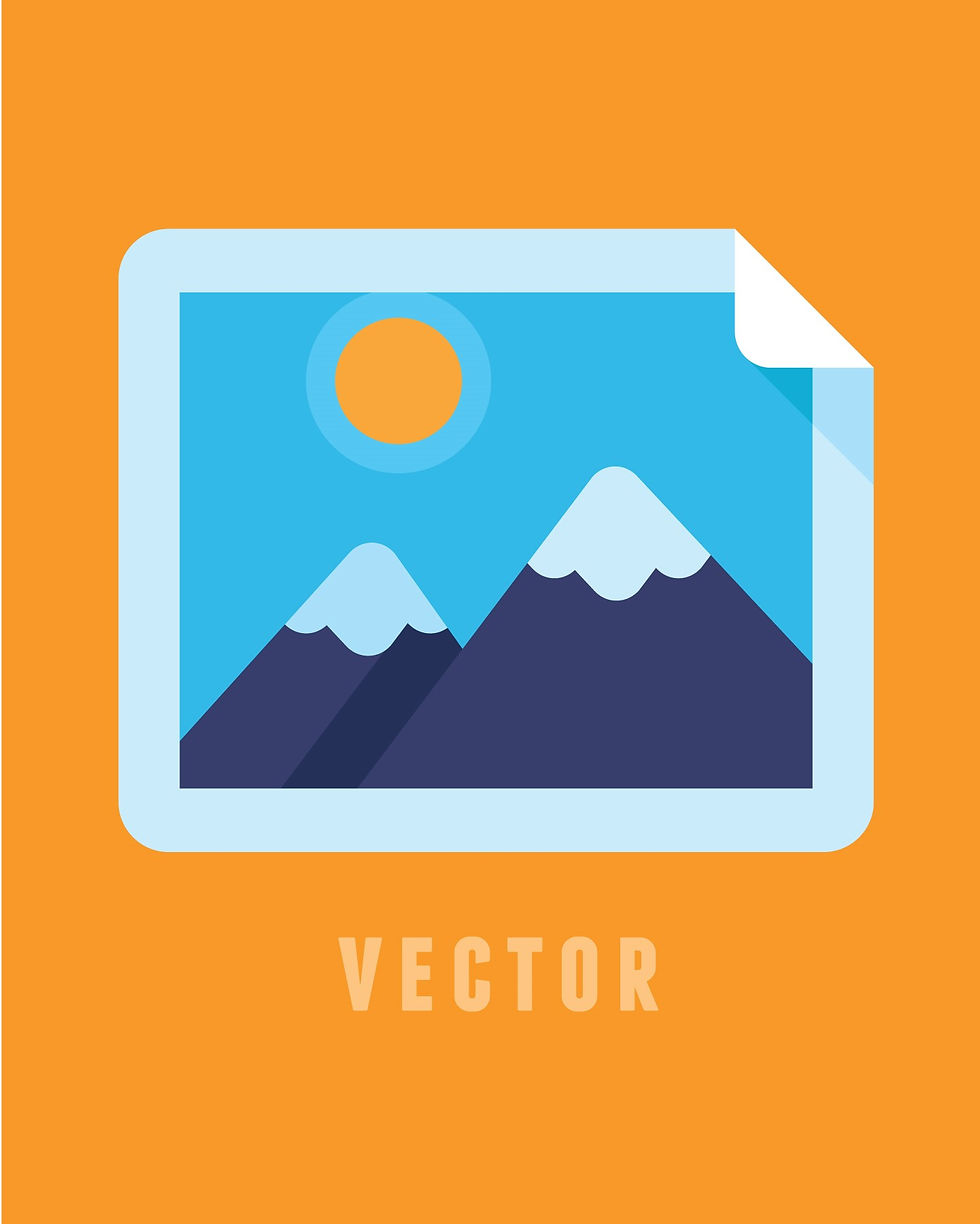How to Prep Files: Vector vs Raster
- marketing45422
- Mar 3, 2021
- 1 min read
Updated: Apr 8, 2022
Have you ever printed a project and been disappointed with the quality of an image or logo? Especially if it has been downloaded from a website? Although they look great on screen at a small size, when enlarged to poster or banner size, the quality of web images deteriorates greatly. Why?
It's mostly due to the actual resolution of a raster image at the final print size. Web images are naturally low resolution and that resolution doesn't increase when the size increases. Vector images don't have a native resolution however and can enlarge with no reduction in quality.
When enlarging graphics, logos, or illustrations, printing companies ask that you provide us with vector files. What does that mean?


What is a raster image?
A raster image, also called a bitmap image, is an image comprised of a rectangular grid of pixels. The smaller the pixel size, the higher the “resolution.” An image with a resolution of 300 ppi has 300 pixels per square inch.
Composed of pixels
Enlargements are made by mathematical approximations and can look blurry
File sizes are often very large files at high resolution
Common Raster File Types
.png
.jpg or .jpeg
.gif
.tif
.psd
Popular Raster-Based Image Editors
Adobe Photoshop
GIMP
Photo-paint
What is a vector image?
A vector image or graphic is a type of image defined on a plane, connected by lines and curves. They form shapes based on precise mathematical equations. Because of this, if you zoom in or out, the lines, curves, or points always remain smooth.
Composed of paths
Enlargements are made to exact mathematical coordinates and always look crisp
File sizes are often much smaller files
Common Vector File Types
.eps
.ai
.pdf
.svg
.sketch
Popular Vector-Based Image Editors
Adobe Illustrator
Sketch










